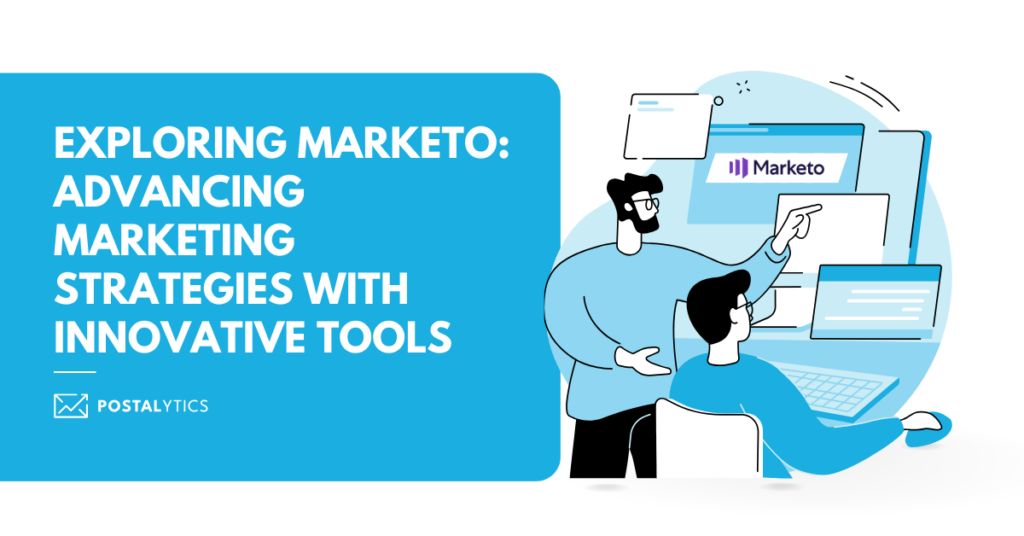
9 in 10 marketers say that marketing automation helps them achieve their objectives. With businesses competing in a crowded market, it’s no surprise that marketing automation has become popular.
With automation, teams can get work done quickly and focus on high-value activities.
Marketo is a marketing automation tool that is a favorite of marketers worldwide. Whether streamlining email campaigns or helping with direct mail automation, Marketo does it all.
Let’s find out how Marketo is best used to turbocharge marketing efforts.
Table of contents
What is Marketo?
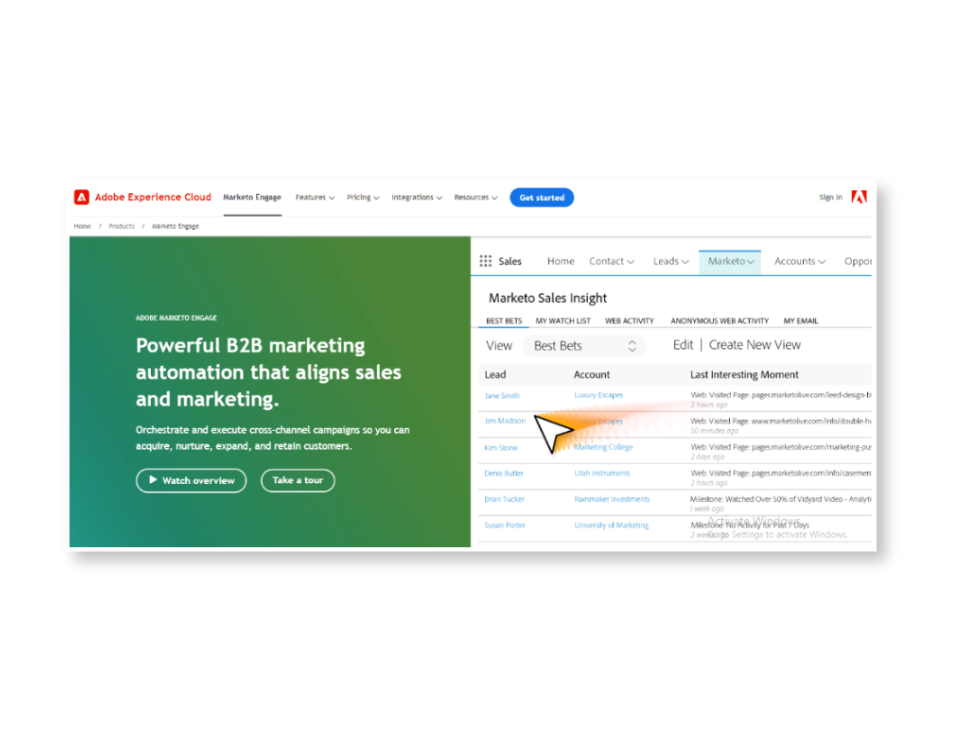
Marketo is a comprehensive marketing automation platform. It’s designed to help businesses streamline and optimize their marketing efforts. The platform has a suite of tools for email marketing, lead management, customer engagement and analytics.
With Marketo, businesses can create, manage, and measure campaigns across multiple channels. The platform supports advanced segmentation and personalization, enabling marketers to share and target their audience with personalized content.
By automating repetitive marketing tasks and providing deep insights into customer behavior, Marketo helps businesses drive revenue growth and enhance customer experiences. Best of all, it integrates with platforms like Postalytics.
9 Powerful Ways to Use Marketo
Businesses use Marketo for many different reasons. It all depends on their goals and the kind of niche they are in.
Here are 9 common ways you can use this marketing automation software for your business.
1. Leverage Marketing Automation
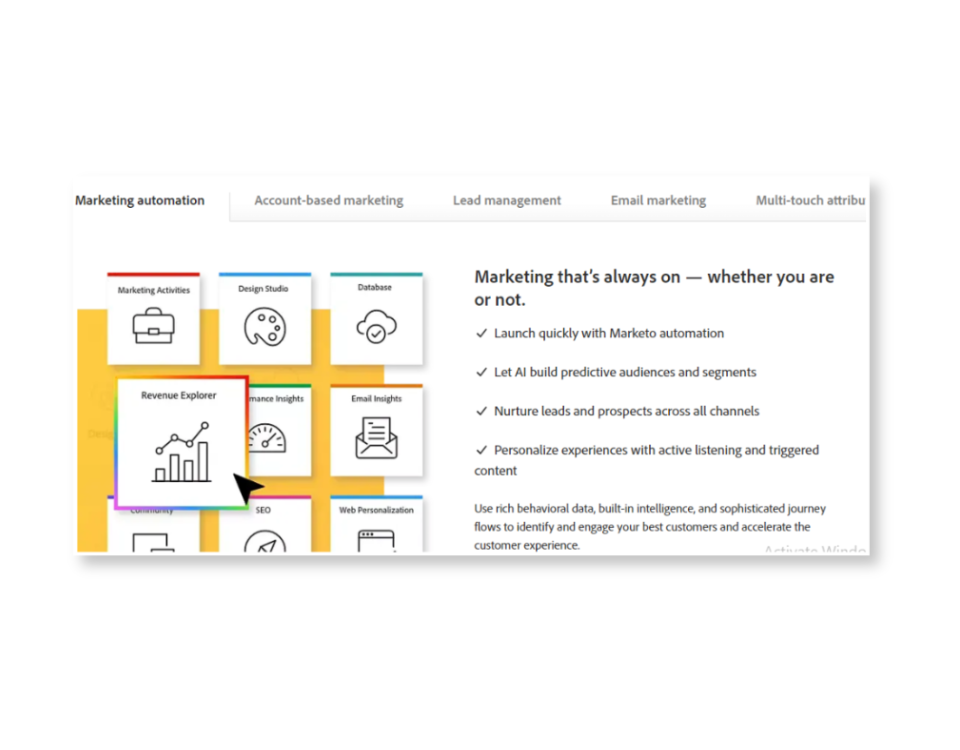
Marketo’s automations allow businesses to streamline their marketing processes, enhance customer engagement and drive revenue growth, freeing up valuable time for teams to focus on strategy and creativity. It automates repetitive activities like email campaigns, lead nurturing, and data segmentation.
For example, a company can use Marketo to set up an automated lead nurturing campaign. When a potential customer downloads a whitepaper, Marketo can automatically add them to a segmented list. From there, it can send personalized follow-up emails based on their behavior and interests. Automation ensures consistent communication and helps guide the lead through the sales funnel without manual intervention.
2. Automate Email Marketing
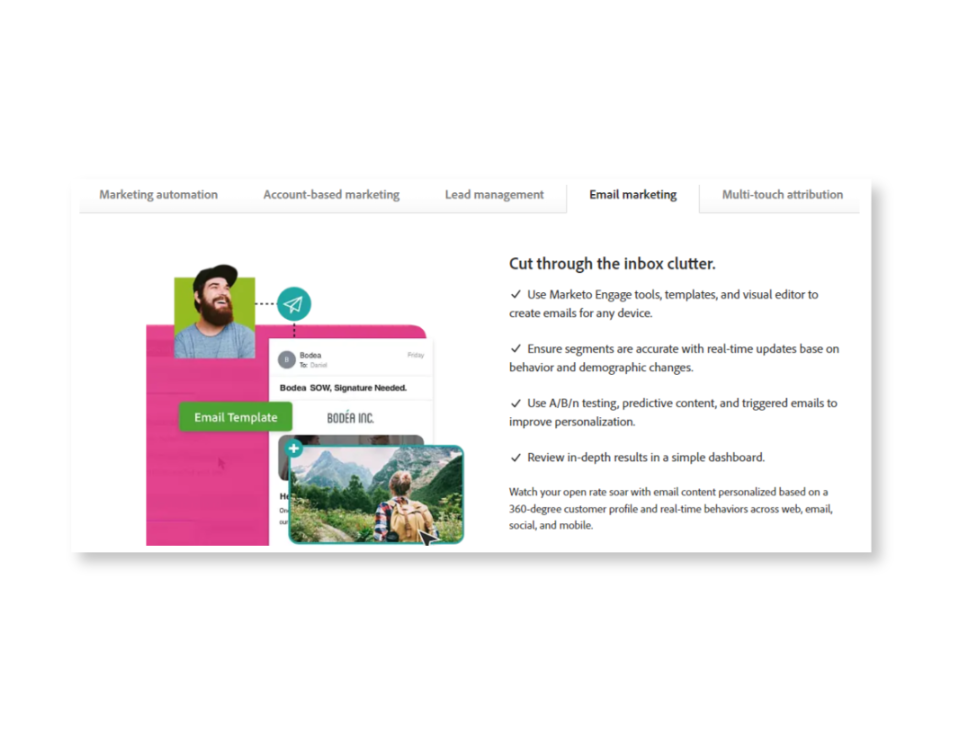
With Marketo, you can create professional emails using intuitive drag-and-drop builders and customizable templates.
For example, a retailer can set up real-time triggers to send personalized emails based on customer actions, like cart abandonment or purchase confirmations. Marketo allows for advanced segmentation; this enables targeted campaigns based on demographics, behavior, and past interactions.
The personalization features ensure that each email resonates with the recipient, increasing engagement. Marketo also offers best-in-class email delivery, enhancing deliverability rates and reducing bounce rates.
3. Use a Complete Lead Management and Lead Nurturing System
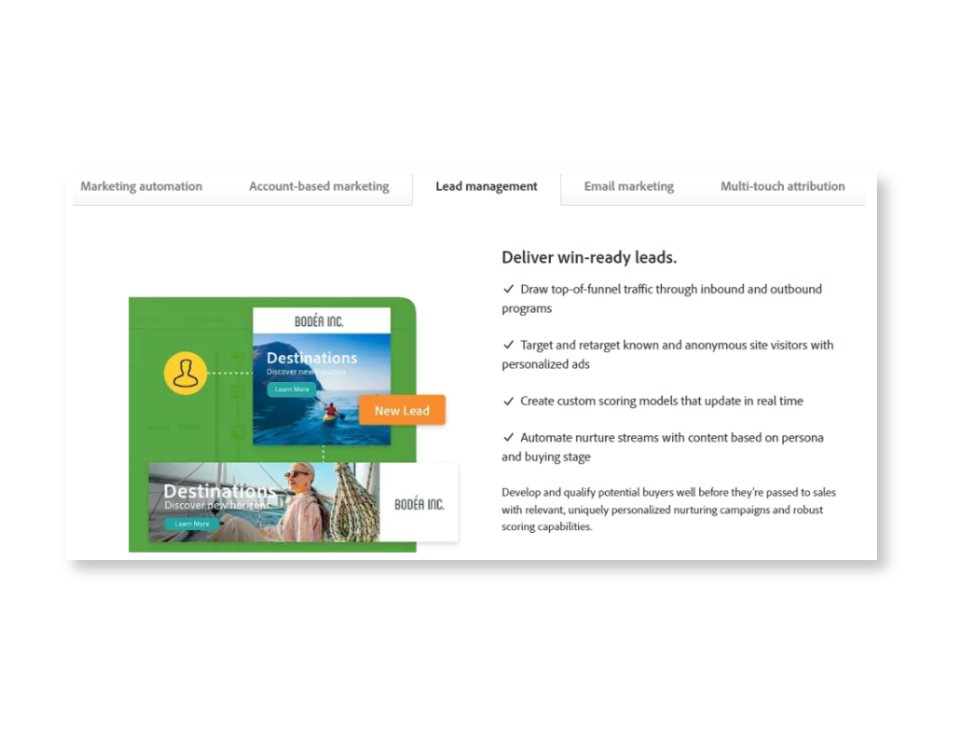
Marketo’s lead management and nurturing system streamline marketing efforts and improves lead conversion. With lead scoring, businesses can automatically assign lead scores based on behavior and engagement. This allows marketers to prioritize the most promising prospects. Its multi-channel automation enables engagement with leads across email, social media, and the web.
The lead nurturing feature allows businesses to develop tailored campaigns that deliver personalized and relevant content. This content can help guide leads through the sales funnel. For example, a software company can use Marketo to score leads based on their interactions with product demos and nurture them with targeted emails.
4. Set Up Account-Based Marketing
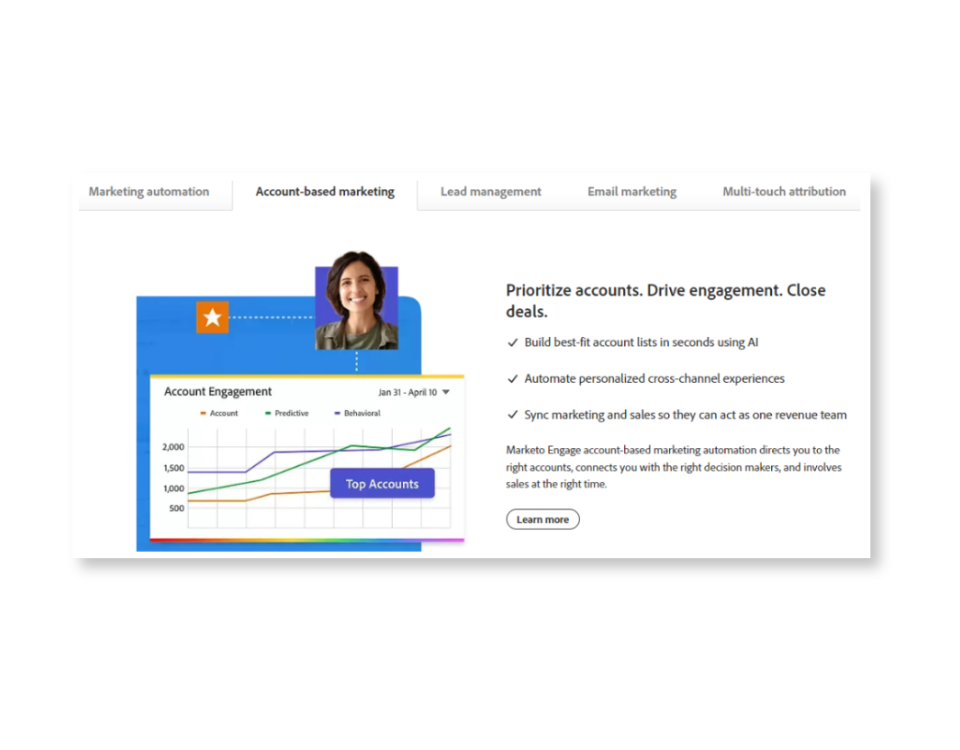
Setting up Account-Based Marketing (ABM) with Marketo involves targeting high-value accounts with personalized marketing efforts to drive better engagement and conversions. Marketo’s ABM features allow businesses to;
- Identify key accounts,
- Align sales and marketing teams,
- Deliver tailored content.
For example, a B2B company can identify its high-level accounts using Marketo’s analytics and segmentation tools. It can then create personalized marketing campaigns designed for these accounts, utilizing customized content, ads, and emails.
Marketo’s CRM integration ensures that sales and marketing teams can access the same account data. This data sharing increases collaboration and campaign effectiveness and allows for continuous optimization.
5. Personalize Customer Journeys
Personalizing customer journeys allows businesses to create tailored experiences for each customer. Marketo’s powerful automation tools enable marketers to deliver personalized content and interactions based on individual behaviors, preferences, and demographics.
An e-commerce company can use Marketo to track customer interactions, like browsing history and past purchases. With this data, the company can automate campaigns that send personalized product recommendations and offers. If a customer abandons their shopping cart, Marketo can trigger an email reminding them of the items and offering a discount.
This tailored approach improves customer satisfaction and increases the likelihood of brand loyalty.
6. Automate Direct Marketing
By integrating Marketo with a platform like Postalytics, businesses can automate direct mail campaigns along with digital efforts. This integration allows for seamless coordination of multi-channel marketing strategies.
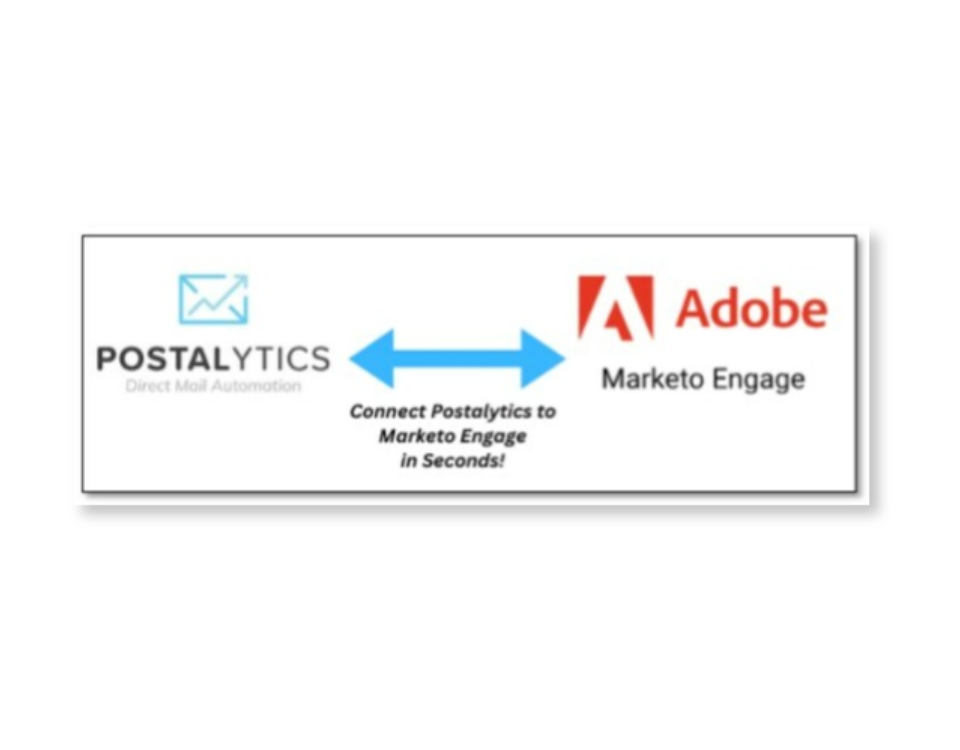
For example, a company can set up a triggered direct mail campaign in Marketo. When a lead reaches a specific engagement score, Marketo can automatically send their details to Postalytics, which then sends a personalized mail piece to the lead.
A manufacturing firm utilized integrations to send direct mail to their customers in the U.S. and Canada. This shows how you can automate direct workflows by pairing Marketo with the right tools.
7. Get Robust Analytics
Marketo provides robust analytics that offers deep insights into marketing campaign performance. With comprehensive reporting tools, marketers can track key metrics such as engagement, conversion, and ROI.
For example, a software company can use Marketo’s analytics to track the success of a multi-channel campaign. By analyzing the data, they can identify which channels and messages resonate most with their audience, allowing them to optimize future campaigns.
Marketo’s analytics also enable detailed segmentation. It shows how different audience segments respond to various marketing efforts. These insights help refine targeting strategies, improve content relevance, and enhance marketing effectiveness.
8. Align Sales and Marketing
Marketo’s CRM integration synchronizes data between marketing and sales platforms. This gives both teams a comprehensive view of leads and customer interactions.
For example, a tech company can use Marketo to create a shared lead-scoring system. In this system, leads are automatically scored based on their behavior and engagement. Marketo notifies the sales team once a lead reaches a certain score for immediate follow-up.
This alignment allows marketing to focus on generating and nurturing leads while sales can concentrate on high-quality prospects. Real-time analytics also enable marketing and sales teams to refine strategies collaboratively.
9. Set Up Predictive Content
Marketo can analyze past interactions and predict what content will resonate with an individual user.
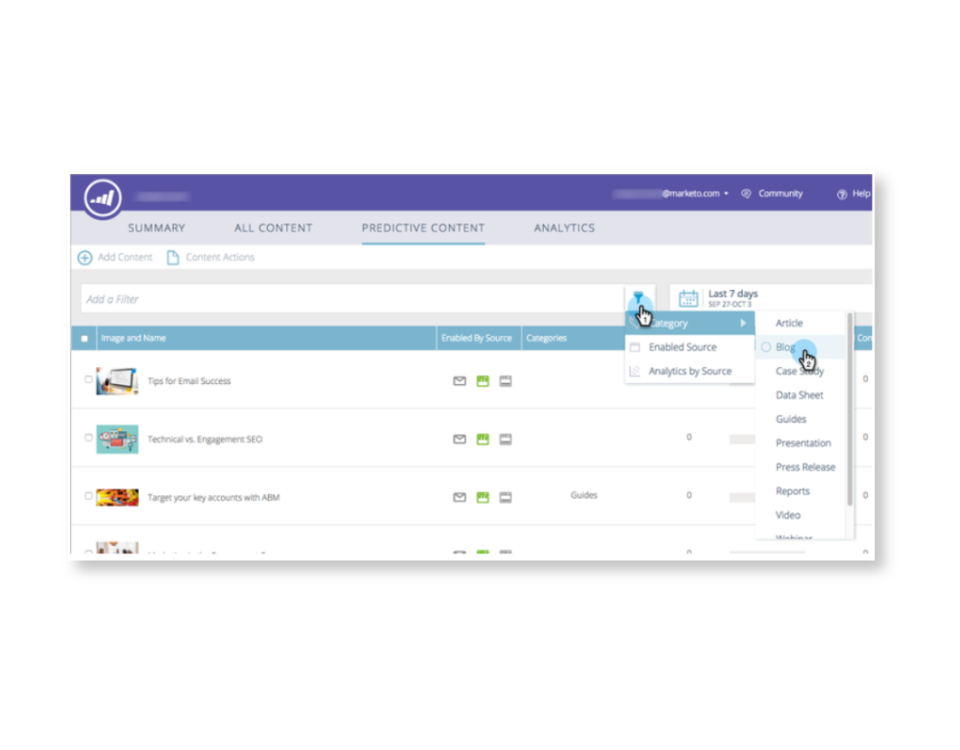
For example, an online retailer can use Marketo to track a customer’s browsing history and purchase patterns. If a customer frequently views athletic gear, Marketo’s predictive content engine can automatically recommend similar products or related articles in marketing emails or on the website.
To set this up, marketers need to do two things;
- Define content assets,
- Configure recommendation criteria within Marketo.
The system then uses machine learning to refine and personalize content suggestions continuously.
How to Leverage Marketo-Postalytics Integration
Want to automate and personalize direct mail campaigns? The Marketo-Postalytics integration allows businesses to create personalized direct mail pieces in Postalytics based on user behavior and engagement tracked in Marketo.
With Postalytics, dynamic fields can tailor messages to individual recipients, ensuring relevant and engaging content. Key features of this integration include:
- Triggered mails: Automate direct mail sends based on specific actions or milestones in Marketo.
- Multi-touch campaigns: Coordinate direct mail with email and other digital channels for cohesive multi-touch campaigns.
- Detailed analytics: Gain insights into direct mail performance, tracking metrics like delivery rates and engagement.
To set up this integration, follow the steps given in this guide.
Boost Your Direct Mail Campaigns With Postalytics-Marketo Integration
Marketo empowers businesses to enhance engagement and drive conversions.
With features like lead scoring, CRM integration and predictive content, this marketing automation tool provides a comprehensive solution for;
- Aligning sales and marketing efforts,
- Optimizing lead management,
- Achieving significant ROI.
When integrated with Postalytics, its capabilities are extended, enabling seamless multi-channel campaigns that include personalized direct mail.
To test this integration, register for a free account on Postalytics today.
About the Author
Alec Graziano
Alec Graziano is CTO and co-founder of Postalytics. Alec founded Boingnet, the predecessor of Postalytics in 2008. Boingnet was focused on providing print and direct mail marketing service providers the ability to add digital marketing channels to their direct mail campaigns. Postalytics is Alecs’ 5th startup. He has been involved in starting and growing early-stage technology ventures for over 25 years and has a proven track record of leading technical teams in building enterprise class, highly scalable, software systems. He has held senior technology roles at Palm Inc, GE and various web and software consulting firms.
